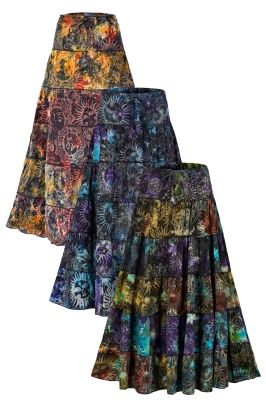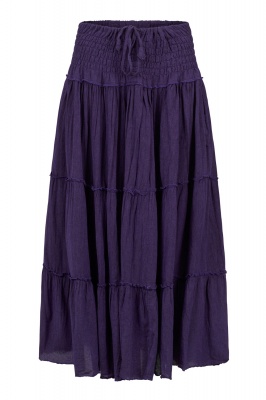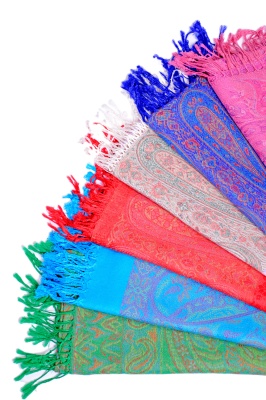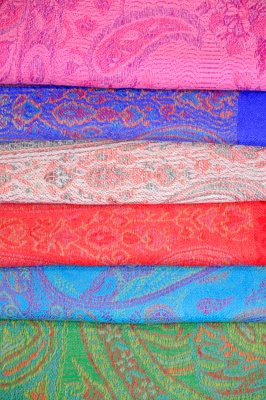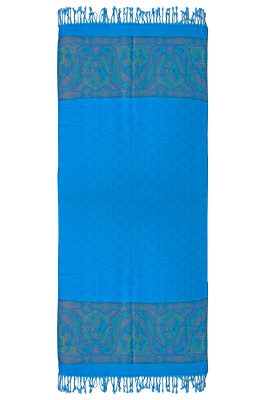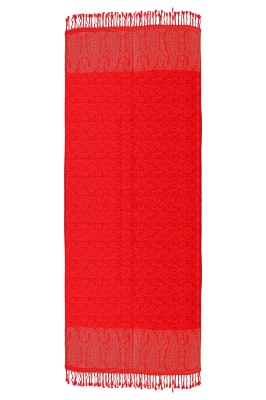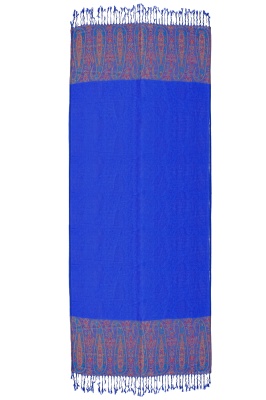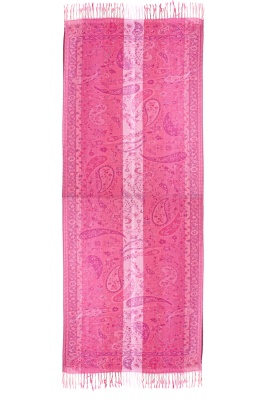About Lammas Day – Celebrating the Wheat Harvest
The name Lammas Day, also known as Lughnasadh, Lammastide, Lambess or the Gule of August, comes from the ancient Anglo-Saxon hlaf-mas, which means loaf-mass. It tends to fall between the beginning of August and the start of September, a special pagan festival that marks the wheat harvest and the first harvest festival of the year. Lammas is also the name of one of the eight sabbats in the Neopagan Wheel of the Year, followed by the autumn equinox – Mabon - and Samhain.
The Lammas festival was mentioned in the Anglo-Saxon Chronicle, called the Feast of First Fruits, a special blessing of the year's first fruits performed in churches on either the first or sixth of August, the sixth also being the old Christian feast of the Transfiguration of Christ. But Lammas has much earlier roots, an ancient celebration co-opted by Christianity when it first reached the British Isles.
Lammas marks the grain harvest. It's no surprise since grain has been vital to human civilisations since the first farmers settled down to work the earth, leaving their nomadic hunter-gatherer lives behind. Lammas also celebrates the god Lugh, or Lug, the great Celtic Sun King and craftsman god, a god of many skills who was popular throughout northern Europe for centuries if not millennia. In fact the festival of Lughnasadh is still marked in many parts of the world today and the god's powerful influence is revealed in the ancient names of several European towns.
In Ireland, centuries ago, it was a bad sign if you were forced to harvest your grain before Lammas because it meant you'd run out of last year's grain early. Today, celebrating Lammas as a harvest holiday means we honour our ancestors and respect the way they survived against the odds in a harsh world where, if the harvest failed, people actually died. It's the perfect time to give thanks for the abundance modern humans in the wealthy Western world have, and to express our gratitude for the comforts we enjoy.
Modern day Lammas symbolism
What about Lammas décor? Harvest symbols are at the forefront, including sickles and scythes, grapes and the vines they grow on, sheaves of wheat, corn dollies, early autumn veg like squashes and pumpkins, plus late summer fruits like apples and plums.
The festival's close association with Lugh means Lammas is also the perfect time to celebrate talent and craftsmanship. Autumn is the traditional time of year when craft festivals pop up and artisans sell their wares. In medieval Europe, guilds of craftspeople sold their creations around the village green. But there's more to Lugh. He's also the patron of bards and magicians in some European cultures, which means Lammas is the symbolically perfect time to work on your own talents, whether it's learning a new craft or art, improving your existing skills, writing a song or playing an instrument.
Celebrating Lammas today
Grain has always been associated with Gods who are killed, dismembered then resurrected, including Tammuz, Osiris and Adonis. Demeter, the fertility Goddess, won't let anything to grow until she finds her daughter, who has been kidnapped and taken to the Underworld. The Eleusinian Mysteries are celebrated around the Autumn Equinox too, involving revering a single ear of corn, symbolic of life's cycle.
You could bake a loaf of bread shaped like a sheaf of wheat or a person to symbolise Lugh. You could hold a feast for friends and family, ideally around a blazing bonfire. Or find some guidance online and make a corn dolly. You can make jams, chutneys, pickles and other preserves. Because Lammas also celebrates regrets and farewells, you could reflect on your own in private or share them around a fire, Lughnasad being one of the greatest Celtic fire festivals. You could sit around the fire and tell the ancient stories of the grain Gods and Goddesses in your own words, play music, sing songs or recite poems. There's a lot to choose from, and you can adapt all these themes to to make your own unique Lammas ceremony to honour the passing of the summer's vivid, warm, long days and the reaping of the first grain.
Looking the part
If you want to look and feel the part, we sell the most beautiful and unique pagan clothing range you can imagine, your way to make Lammas truly special.


